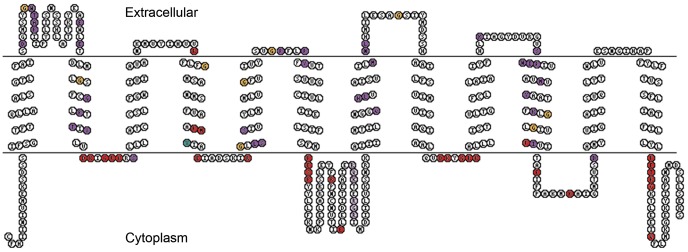Figure 2. Schematic model for the structure of the putative SLC2 transporters derived from P. cochleariae by means of PcSUT1.

All 4 groups show the known and conserved facilitated sugar transporter motifs, such as DRxGRR/K in the second loop, PESPR/K in the sixth loop, E/DRxGRR/K in loop 8, and PETK/RGK/R in the carboxy terminal [2], [15], [18], [76], [86]. Furthermore, there are conserved amino acids, such as E and R in loop 4 and 10 (red). Those are needed for the glucose transport activity. Conserved tyrosines (turquois), such as the PMY motif mentioned by Chen et al. [15], can be found in our sequences in TMD 4. Additionally, conserved glycines (yellowish) in TMD 1, 2, 4, 5, 7, 8, and 10 as well as in loop 2 and 7 are present, characteristic for the mammalian glucose transporter family. The purple branch exhibits a GWTAP motif in loop 1, a PFYV motif in loop 5, and a VILMNLH motif in TMD 10 (purple colored amino acids).
